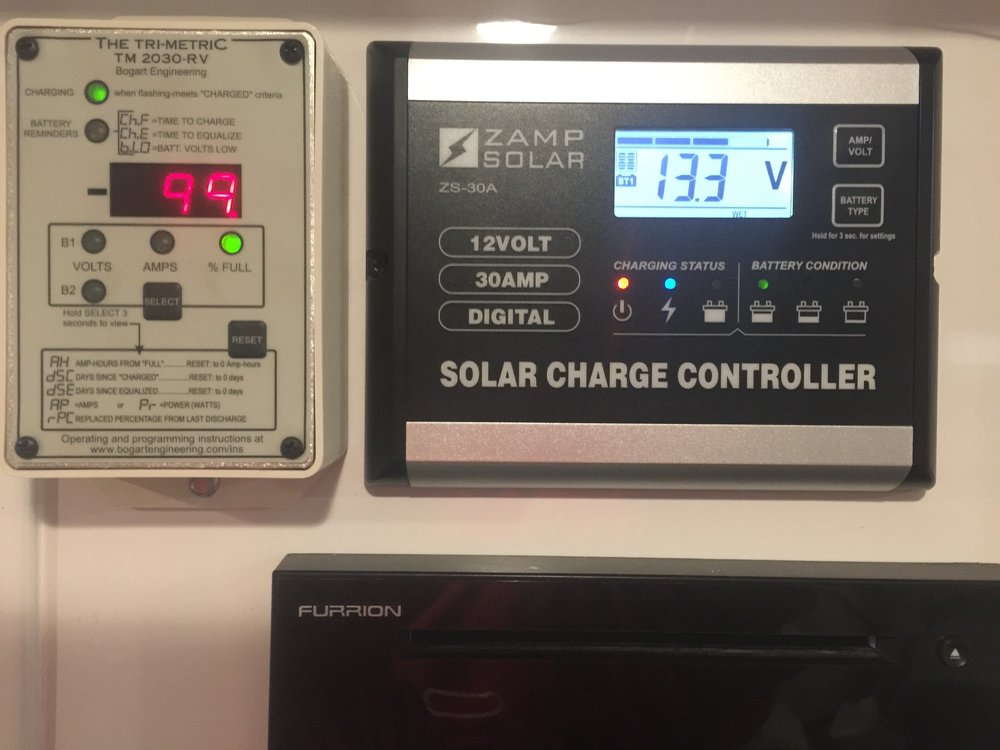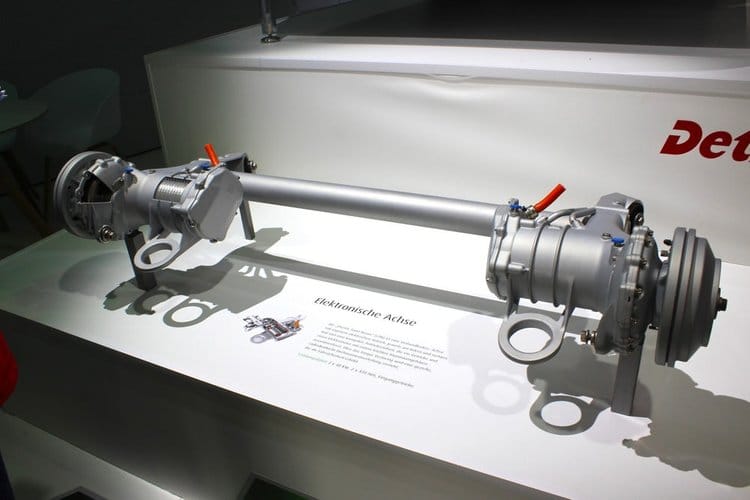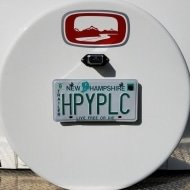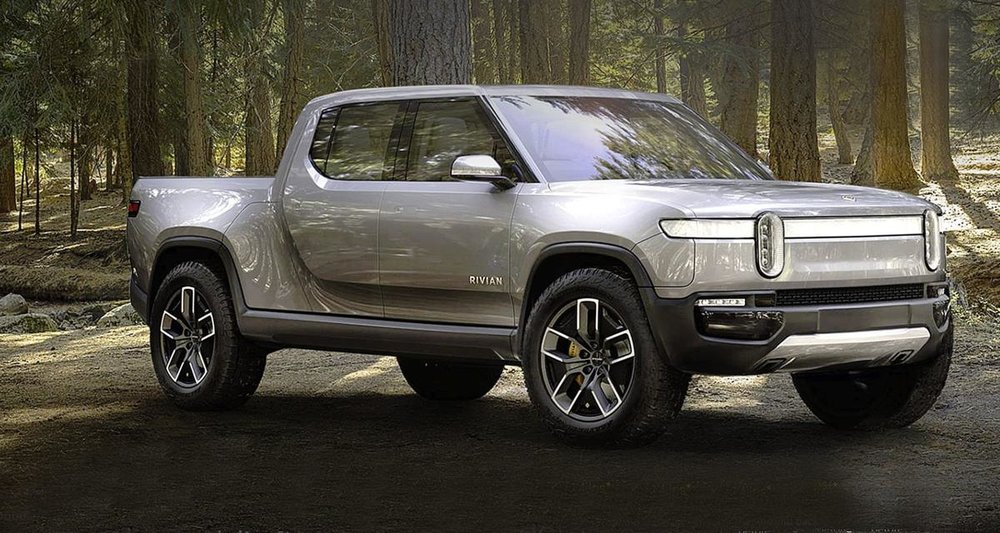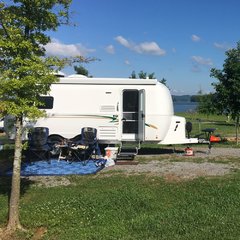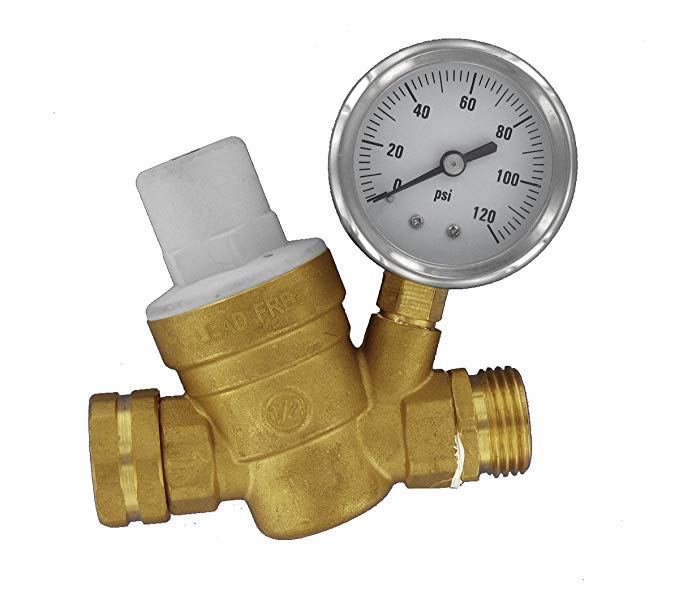Leaderboard
Popular Content
Showing content with the highest reputation on 12/02/2018 in all areas
-
The slightly older Oliver models (mine is a 2016) have the Blue Sky MPPT Solar controller, and this controller has an accurate battery monitor built in to it. If you push the Next button on the Blue Sky remote, the unit wakes up and displays the first screen, the BATTERY VOLT/AMP screen which shows the battery voltage and the net battery current. If you touch the Next button again it switches to the second INPUT CHG OUT screen which displays the input and output currents. Touching the Next button again brings up the BATTERY CAPACITY screen which displays the battery capacity as percent remaining, i.e. 70% or 100% if full. Of course, for the BATTERY CAPACITY screen to be accurate you have to correctly program the remote with info on your batteries. A lot of useful information is available on an earlier thread HERE. I have summarized these programming steps for my AGM batteries in a document which I am happy to send to anyone interested. I used to use an AGM battery chart (HERE) where 100% is 12.84 volts and 50% is 12.24 volts. However, the battery voltage would often not agree with the battery capacity on the Blue Sky remote. For example the battery voltage might say 12.4 volts, but the battery capacity would read 80% full. Additionally, when the batteries are nearly full and charging, the battery voltage often reads well above 13 volts, much higher than the 12.84 volts that represents 100%. I talked to Blue Sky technical support about this apparent discrepancy, and they told me the battery capacity was the much more accurate reading.2 points
-
2 points
-
2 points
-
Mark, first off congratulations on your purchase of an oliver, one of the finest rv's made. I'll try to answer some of your questions. On the charging, yes to all of the above,your converter/charger takes over, and when your solar is insufficient you either need ac current from a plug in or generator. On the consumption side, all of your d.c. appliances draw from your batteries when in use, the solar just replenishes the power used and the converter/charger takes over power management when you're plugged in either with shore power or generator. Try not to go below 12.3 volts when your batteries are at rest, that's the 50% level with agm batteries. When the solar is charging the voltage can go as high as 14% but you have to wait until the batteries are at rest to get a true state of charge with the solar controller we have. geO is correct about the battery monitor, however I've done without so far by just monitoring my voltage early in the morning before the sun comes up and starts charging my batteries. It takes a while to figure your usage out without a separate monitor. This method is crude at best but so far so good, you shouldn't need to monitor your batteries when plugged in your converter takes over that task. I would strongly advise doing some research on battery management and inverter usage, there are multiple posts on this subject throughout this forum. Steve2 points
-
1 point
-
We have, on our 2018 LEII: 4-6v AGM batteries 2 Solar Panels (320w) ZS-30A Charge Controller 2000w Inverter Composting Toilet with 12v dc fan We know the solar panels charge the batteries through the controller. Does anything else help to charge them? On the charging side: When plugged into 30a 110v, does the AC system charge the batteries? When plugged into 15a 110v, does the AC system charge the batteries? (Like when running the generator when boondocking or using friends AC when driveway surfiing.) When plugged into the TV with 7 pin connector, does the TV DC supply help charge the batteries? In times of bad solar charging weather, how do I charge the batteries? Or is just the solar doing all of the battery charging? On the consumption side, what draws power from the batteries when plugged into: 30a 110v? 15a 110v? TV 7 pin with engine running? Today the tank monitor shows the batteries at 13.5v after a full day of bright sunlight. What are we supposed to avoid dropping the level below, in volts, to avoid damaging the batteries? Some part of me thinks the batteries should be charged and most demand be met by whatever external power supply you happen to be using (including solar). Wishful thinking? Cheers, Mark1 point
-
I’ve been very happy with the Xantrex LinkPro in past RVs. I’ve purchased another one to put in my E2 this winter. https://www.hodgesmarine.com/Xantrex-Linkpro-Battery-Monitor-p/xan84-2031-00.htm I agree with geO that Oliver should offer a battery monitor as an option. It takes the guess work out of knowing your battery state. For camping off the grid it is my first upgrade. — Randy1 point
-
Cheap often costs more and most people will save a nickel to lose a dollar. Oliver is about quality. I would never finance one personally, but my mindset differs from many.1 point
-
That’s what my friends and family are saying about anyone (like me) who buys an Ollie instead of some cheaper trailer. ?1 point
-
I’m not crazy about the front end, but the interior and features are attractive. As is the base price, though I bet it could get above $100k real quick. Also, I’d be very nervous about going with a new company. Tesla has shown that the key to success is less in the design as it is the manufacturing. I don’t know if it’s time yet for an all electric truck for towing, but certainly it’s far past the time that all the manufacturers offered hybrid versions. A small gas or diesel turbo for cruising with electric boost for acceleration and steep grades should be a killer combination. Of course, I also think it’s past time for powered trailers with independent stability control so that you don’t need a big honkin truck to tow.1 point
-
"Are 12V batteries hooked up in series or parallel?" 12 Volt batteries are always hooked up parallel if your intention is to keep the system at 12V.1 point
-
Hopefully I'm not stepping on anyone's copyright toes but I found this over on the Fiberglass RV Forum: http://www.marxrv.com/12volt/12volt.htm http://www.marxrv.com/12volt/12volta.htm Bill1 point
-
A 6 volt battery has 3 cells in series @ ~2 volts. A 12 volt battery has 6 cells in series. Same as hooking 2 6 volt batteries in series. The voltage adds as cells are added in series. The amp-hour capacity stays the same. Two 6 volt 100 amp-hour batteries in series will be 12 volts 100 amp-hours. Two 6 volt 100 amp- hour batteries in parallel will be 6 volts 200 amp-hours. I say ~ 2 volts per cell because at full charge and rested a 6 volt battery is really closer to 6.3 volts and a 12 volt battery is closer to 12.6 volts or ~ 2.1 volt per cell. A good resource is Harold Barre’s book <u>Managing 12 Volts - How to Upgrade, Operate and Troubleshoot 12 Volt Electrical Systems.</u> -Randy1 point
-
The batteries charge when plugged in, regardless of the amps. The tow vehicle will also charge them, albeit slowly. When plugged in, or on generator, the charge current will outweigh anything being drawn from that current so your batteries are still charging. The charge from solar will vary greatly depending on time of day, year, cloudcover, location, etc., so in poor conditions you can easily use power faster than you can charge from solar. There are a few posts here and there on what you can expect from your solar - I don’t keep track of them though so you’d have to search. Voltage charts vary, but somewhere between 12.1 and 12.5 is generally considered 50% charge. Others here have much more experience with AGMs than me, though, so I’d defer to them.1 point
-
They may give you one of the cheap cylinderical regulators that is not adjustable and in reality just restricts water flow. It works but I would rather know what the pressure is and not restrict flow... one of these screwed into a disposable blue Camco water filter works great. Hook it up at the trailer, not the faucet, and you can add a 90 degree brass elbow at the outlet end, and lay the hose on top of the bumper to get keep it all off the ground and out of the way. It allows access to the rear compartment without tripping over the hose and other parts. It looks cool too, if that matters.... https://smile.amazon.com/gp/product/B003YJLAIK/ref=oh_aui_search_detailpage?ie=UTF8&psc=1 John Davies Spokane WA1 point
-
Recent Achievements






